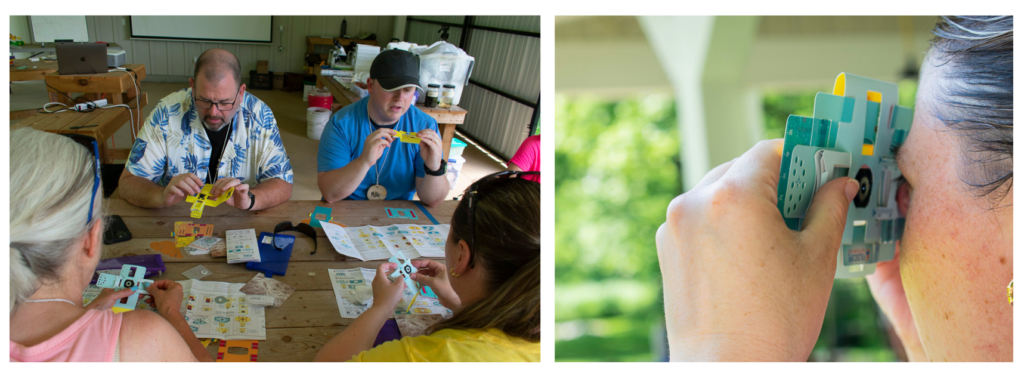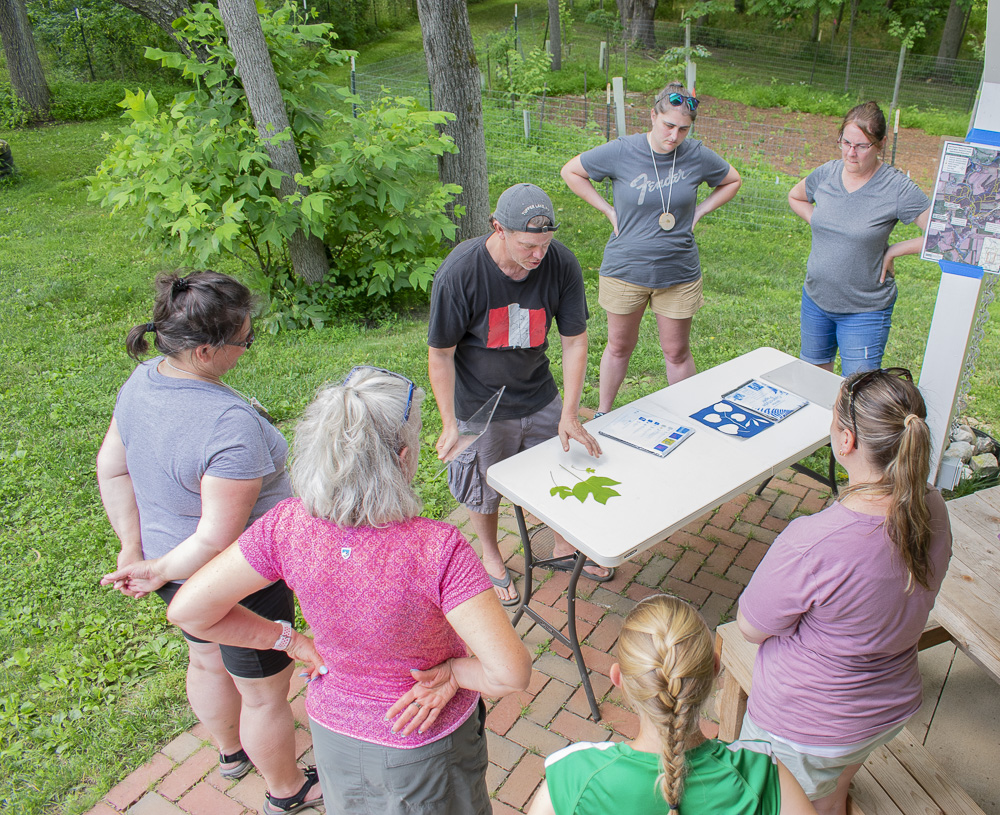
Donovan Aldridge
2021 Intern
I am a senior at the University of Delaware, majoring in Spanish Studies with a minor in Latin America and Iberian Studies. I am a photographer and journalist.
Learn more about Donovan Aldridge
August 16, 2021
ACEER: Bringing the Amazon Rainforest Home
The ACEER Foundation kicked off its Delaware Teachers Institute Summit at the Stroud Water Research Center in Avondale, Pennsylvania under the sweltering heat and stifling humidity of midsummer. The heat and humidity simulated the conditions that the teachers will experience while in the Peruvian Amazon next summer.
The summit ran from June 28th to June 30th, encompassing ACEER’s ‘Bringing the Amazon Rainforest Home’ initiative. With the support of a generous grant from the Longwood Foundation, participating teachers engaged with ACEER staff and affiliates in different workshops that bridged together science, art, Indigenous cultures and conservation.

Teachers caught a glimpse of the challenges of Amazonian conservation and Indigenous regeneration, while also developing meaningful, engaging modules for future classes.
“Prior to participating in this seminar, I was not familiar with citizen science. It’s a collaboration between scientists and citizens who are curious, concerned, and motivated to make a difference.” said Holly Bryk, a teacher from Red Clay Consolidated School District in Elsmere Delaware who shared how the summit challenged her way of thinking and what it means for her students. “These [citizen science projects] are activities in which my students can participate in and can contribute to science.”

ACEER Foundation vice president Roger Mustalish, who taught a workshop on medicinal plants during the summit, outlined the overall goals of the summit and the importance of engaging teachers in the different topic areas. “The goals were to present a diverse array of plants traditionally used by the Lenape people of Delaware for food and medicine; explain their use; and how they were prepared.” Dr. Mustalish further reflected on the continuing influence of Lenape ecological knowledge on our diets and medicinal products.

Each day, the summit covered different topics in science and conservation. On the first day, teachers were introduced to Foldscope microscopes and leaf packs; their use in health, education, and citizen science were explored in detail.
Foldscopes—affordable, portable, and durable paper microscopes—provide teachers with “a cost-effective, user-friendly tool that allows them to reveal a previously unseen world to their student.” said Jamie Becker, Assistant Professor of Biology at Alvernia University, whose workshop demonstrated the Foldscope’s ability to examine microbes.

“By first building and then using their Foldscopes to make the invisible turn visible, students can begin to appreciate the wonders of the microscopic world surrounding them.”
Leaf Pack Network (LPN) is a way for students, teachers and citizen monitors to investigate local streams through leaves and aquatic insects to determine their health and ecology.

“The Leaf Pack Network brings a unique way to teach about the importance of streamside forests to a watershed’s health through the lens of aquatic macroinvertebrate communities,” said Tara Muenz, Asst. Director of Education & Leaf Pack Network Administrator at Stroud Center. Leading the workshop, she showed teachers how Leaf Packs work while also detailing their construction.
Joe Perret, a Kindergarten teacher in Colonial, Delaware who enjoyed the Leaf Pack workshop discussed its future impact on his students. “The best part about it [Leaf Pack] is that if I can’t bring my students to the creek, the Leaf Pack lets me bring the creek to them. The kids will be really excited to see what lives in their creeks.”

Teachers spent the morning of the second day finding and learning about camera traps planted around the forested areas of the Stroud Center. This part of the workshop was led by executive director of ACEER, Dr. Brian Griffiths. “Camera traps are critical tools for both conservation and education. We use camera traps to capture a glimpse of rare and elusive species without having to seek them out,” He said. “ In the classroom, camera traps can connect students to the native, charismatic wildlife in their own backyards, including species which they may never have seen before.”

After finishing the camera trap activity, the rest of the day was spent focusing on medicinal native plants, examining microorganisms with foldscopes, and introducing teachers to the photographic printing process of cyanotypes.
ACEER Foundation president and DTI Seminar Leader, Jon Cox led a workshop on the cyanotype process, developed by John Herschel in 1842.
“I love using the cyanotype process with students of all ages to bridge concepts in art and science. This process opens doors to photographic methods in the wet lab and allows an introduction to compositional techniques. Participants experience the wonder of photography as the image magically appears on the paper.”

Teachers made their own images of plant specimens just like Anna Atkins details in her 1843 book Photographs of British Algae: Cyanotype Impressions.
On the last day of the summer institute, teachers and ACEER staff headed down to Lenape Tribal Lands near Cheswold, DE to learn about the Lenape Indian Tribe of Delaware from Principal Chief Dennis Coker and the Edible Forest Garden from RuthAnn Purchase, and Simon James.

“The Indigenous people learned everything that they knew from observing the natural environment.” Chief Coker explained. “So if we can get our kids back to observing once again, I think they’ll be much better for it.”
Additionally—with the help of ACEER staff and affiliates—teachers conducted research using the methods they’d learned over the course of the summit, such as planting camera traps and testing water quality. ACEER also “brought the Amazon home” by providing the teachers with traditional Peruvian cuisine for lunch.
Trish Hermance, Director of Delaware Teachers Institute at the University of Delaware, shared how the three-day summer workshop provided the teachers with a unique opportunity. “Not only did the DTI Fellows learn about environmental science and conservation, but also the perspectives of Lenape Indians native to Delaware that were shared.” She said, “This perspective is key to creating a curriculum for K-12 students that incorporates and honors the experiences of Indigenous people.”
In 2019, ACEER and the Lenape Indian Tribe of Delaware received a grant from National Geographic in order to restore freshwater mussels in the ancestral Leipsic River watershed in central Delaware. Fieldwork has yet to commence due to the COVID-19 pandemic When it does begin in 2022, The Stroud Water Research Center will be involved with its leaf pack protocol, providing training and field support.
In the U.S. Stroud Center has been working with Delaware Bay Lenape for over a decade by bringing their teachings through Chief Quiet Thunder Gilbert at an annual camp with Coatesville Youth Initiative, now called Camp Quiet Thunder. Their education department also works with the Seneca Nation in New York, bringing meaningful, educational watershed programming to teachers in order to help protect their waterways.
Since being appointed president of the foundation in 1996, Dr. Mustalish and ACEER have had a relationship with Stroud Center. Dr. Mustalish had existing working relationships with Stroud Center while on the faculty at West Chester University, extending this relationship to ACEER. Since then, the foundation and Stroud Center have worked together securing numerous grants for conducting research regarding water quality in Peru, from Cusco to Puerto Maldonado.
Moving forward, the Delaware Teachers Institute project with ACEER and the Longwood Foundation has sparked a deeper level of engagement and connection with the Lenape; it has supported water quality monitoring of local waterways and connecting landscapes, while providing the power of choice for the health of their watersheds.
All of this will come together next summer, when the participating teachers of this summit experience the Peruvian Amazon rainforest firsthand.

Soooo Beautiful!
WANISHI !